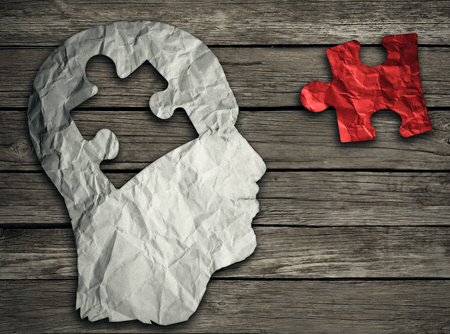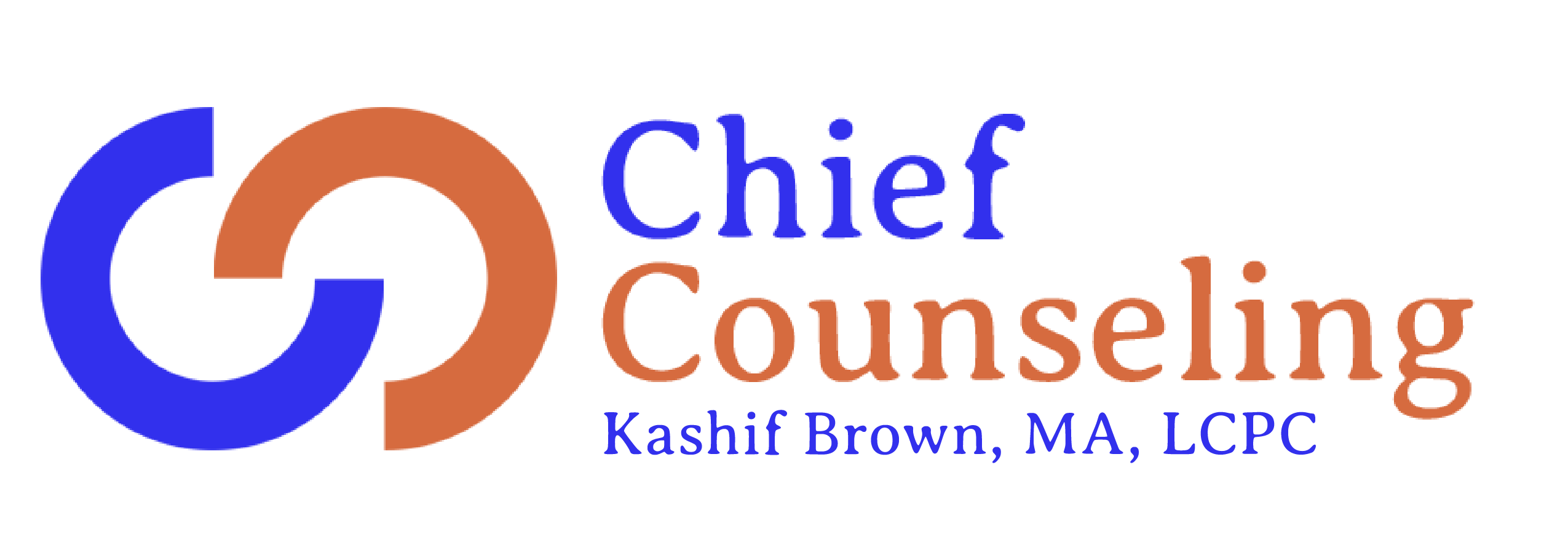 Here’s what it is…
Here’s what it is…
Eye Movement Desensitization and Reprocessing (EMDR) has been used around the world to treat a variety of concerns, such as post-traumatic stress disorder (PTSD), complex PTSD (C-PTSD), anxiety, depression, panic disorders, and more.
It has been extensively researched and is recognized as effective by notable organizations such as the World Health Organization, the U.S. Department of Veterans Affairs, and the Department of Defense.
EMDR is a form of therapy that reduces your symptoms in a step-by-step, well-thought-out, and very informed process. We don’t take shots in the dark without goalposts or targets. We look at your symptoms, negative beliefs, how strong they are and work to decrease them. Then we work to replace them with powerful positive beliefs. To that end, we use guided eye movements to engage both parts of the brain.
EMDR allows you to process your concerns. It allows you to move forward from feeling stuck in a traumatic moment with the emotions attached to that experience.
 Let’s take a step back and talk about trauma.
Let’s take a step back and talk about trauma.
Our brain is amazing in its ability to process everyday life. But when traumatic events occur, our brains linger in the thoughts, emotions, and behaviors associated with the trauma, even though we physically move forward.
Just imagine someone who is involved in a roll-over accident. The person involved in the accident may walk away without a scratch physically or mentally (I’ve personally been in enough accidents to know this is the case!). Or that person might have flashbacks to the accident, nightmares, panic attacks, aversions to the scene, or a fear of driving as a whole.
If incidents happen over time (throughout childhood, for instance), your mind and body can become locked into responses that, even though they may have helped at the time, eventually become ineffective and detrimental to your health. For example, I worked with a member of the LGBTQ+ community who was constantly told they were disgusting and going to hell… and often saw other members of that community brutalized when they were young. These events were so terrifying that they later caused painful emotional flashbacks and fear of “what if.”
 We’ll use EMDR to work through your trauma in eight phases.
We’ll use EMDR to work through your trauma in eight phases.
EMDR helps the brain process through and heal from painful memories without retraumatizing you.
I will not do or say anything that will trigger you. When we begin working through the phases of EMDR, I encourage you only to tell me what you’re comfortable sharing. As we work through the phases, that may increase. You know what your experiences have been. I won’t force you to repeat over and over what you’ve been through.
Before we get into the heavier parts of the process, we establish mental and emotional tools to help protect you against becoming overwhelmed with uncontrolled emotions. This is hard work, but we make sure you’re ready for the journey.
EMDR is an eight-phase treatment option that prepares your mind to process an event or events so that your current symptoms diminish greatly or, hopefully, diminish completely.
In phase 1, I gather history, and we make a plan for what we’d like to see as the ultimate outcome for treatment. I make this as painless as possible, again with a focus on not retraumatizing you. You tell me as much or as little as you’re comfortable.
In phase 2, we discuss mental tools and techniques to help you should you at some point become overwhelmed with emotion. The process begins in session and continues after you leave. I like to make sure you’re able to live your life even if difficult emotions come up between sessions.
In phase 3, we look at specific targets which have led to your current difficulties and the negative beliefs they’ve caused you to believe. Beliefs such as “I’m bad.” Then we look at what you’d rather believe, such as “I am a good person.”
In phase 4, we work to bring those negative beliefs to a 0 on a scale of 0-10.
In phase 5, we work to bring those positive feelings to a 7 on a 1-7 scale.
In phase 6, I ask you to scan your body to see if you feel any tension when bringing up the original target. If so, we reprocess. If not, we proceed. I also ask how strong the feelings are during phases 4 and 5 to make sure we’re headed in the correct direction.
In phase 7, we work to ensure you’re mentally and emotionally prepared to leave the session. This is done before each session concludes.
In phase 8, at the beginning of each session, we discuss how you’re feeling and what you’ve experienced since the last session. Though the phases are labeled 1-8, they may not happen in that order as some phases may need to be revisited. For example, as some targets are cleared, more may be uncovered. That’s perfectly fine. We’ll work with them as they come on our road to your healing.
If you would like to learn more about what EMDR is and why it works, I recommend the EMDR International Association’s short (9:42) “Introduction to EMDR Therapy.”
Get results faster than with standard talk therapy.
The human brain is incredibly powerful with the ability to experience life in a way that doesn’t cause powerfully negative emotions and which does not cause you to feel as though you’re stuck at a particular point in your life. Often replaying the same negative events on repeat in your body and your mind. By following the eight-phase outline, we are doing more than stopping at talking. We are laying the groundwork for your mind to absorb whatever event or events which have caused you to become stuck and process them in a way that allows you to become unstuck.
Imagine being able to drive again without the constant fear of an accident. Imagine being able to hear fireworks without launching into fight or flight mode. Imagine being able to open yourself up to another person without the constant fear of what if. I’m not saying that EMDR is magic, as results vary from person to person. What I am saying is that it is a very powerful tool in your path to healing.
It’s time to get you back to a place of healing and wholeness.
I’m here and ready to help you work through your symptoms and concerns. You deserve to move beyond these reoccurring symptoms and heal.
I offer a free 20-minute consultation, so call me today: (215) 874-7162.
I’ll ask very basic questions about your situation. Then, we’ll move on to the next stage. It’s easy, and there is no pressure.

